Now With Thunderous Thump – Yanyin Canon PRO IEMs
YanYin Canon PRO is a $399 USD pair of IEMs or In Ear Monitor Earphones with One Dynamic Driver, 6 Balanced armature drivers, and a Type 4 Single Crystal Copper Cable. Today we will review those IEMs designed with a 3D Printed resin faceplate, and compare the Canon Pro with other similarly priced IEMs including ZiiGaat Arcanis (399 USD), Simgot EM10 (439 USD) and Rose Technics QT-X (439 USD).

Introduction
Linsoul always has the most interesting earphones in store, but YanYin is a company that offers a specifically tailored basshead experience, and the Canon Pro we are reviewing today is closely related to the YanYin Canon II that we’ve reviewed a couple of months ago. If you’re looking for satisfaction and a good experience, Linsoul will offer it regardless of the platform you use to buy from them, Amazon, Aliexpress or the official Linsoul Website.
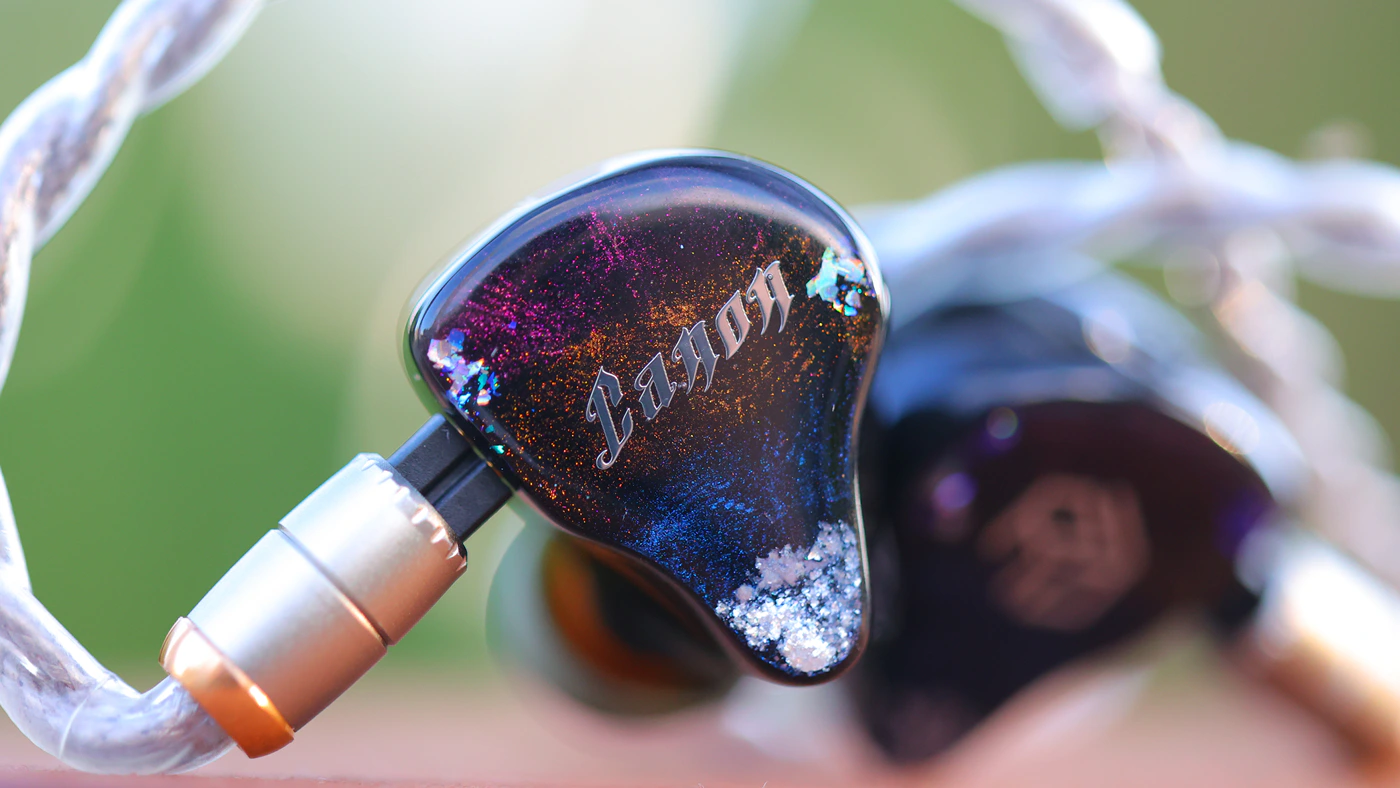
As an Amazon Influencer, I earn from qualifying purchases, and using the purchase links in my reviews helps me maintain this website and Youtube Channel. Huge thanks to Linsoul for providing us with the sample for this review.
Product Link
Amazon – https://amzn.to/3HSED24
Aliexpress – https://s.click.aliexpress.com/e/_olRdM7U
Linsoul Official Store – https://www.linsoul.com/products/yanyin-canon-pro
Build Quality / Aesthetics
YanYin Canon Pro is one of the hidden gems in Linsoul’s current shop offer, and they are a complex pair of earphones with a very fair, if not modest price tag. Compared to the original YanYin Canon II, the new Canon Pro implements two additional balanced armature drivers. This should enhance the clarity of the sound and extend the treble brilliance, plus change the way textures are rendered by the earphones.

YanYin includes a premium HiFi cable with the Canon Pro, using a single crystal copper cable, with a single-core 22AWG design, 140 strands, high-precision braiding into four groups. This cable is touted to be lightweight and comfortable, flexible, but resilient. Yanyin added two electronic crossover switches for you to further fine tune the sound, although the changes they bring are rather modest. The way those switches work is by changing the impedance of the earphones, with the brightest setting having the highest impedance, and the bassiest setting having the lowest impedance. We will review them exactly as they come out of the box.
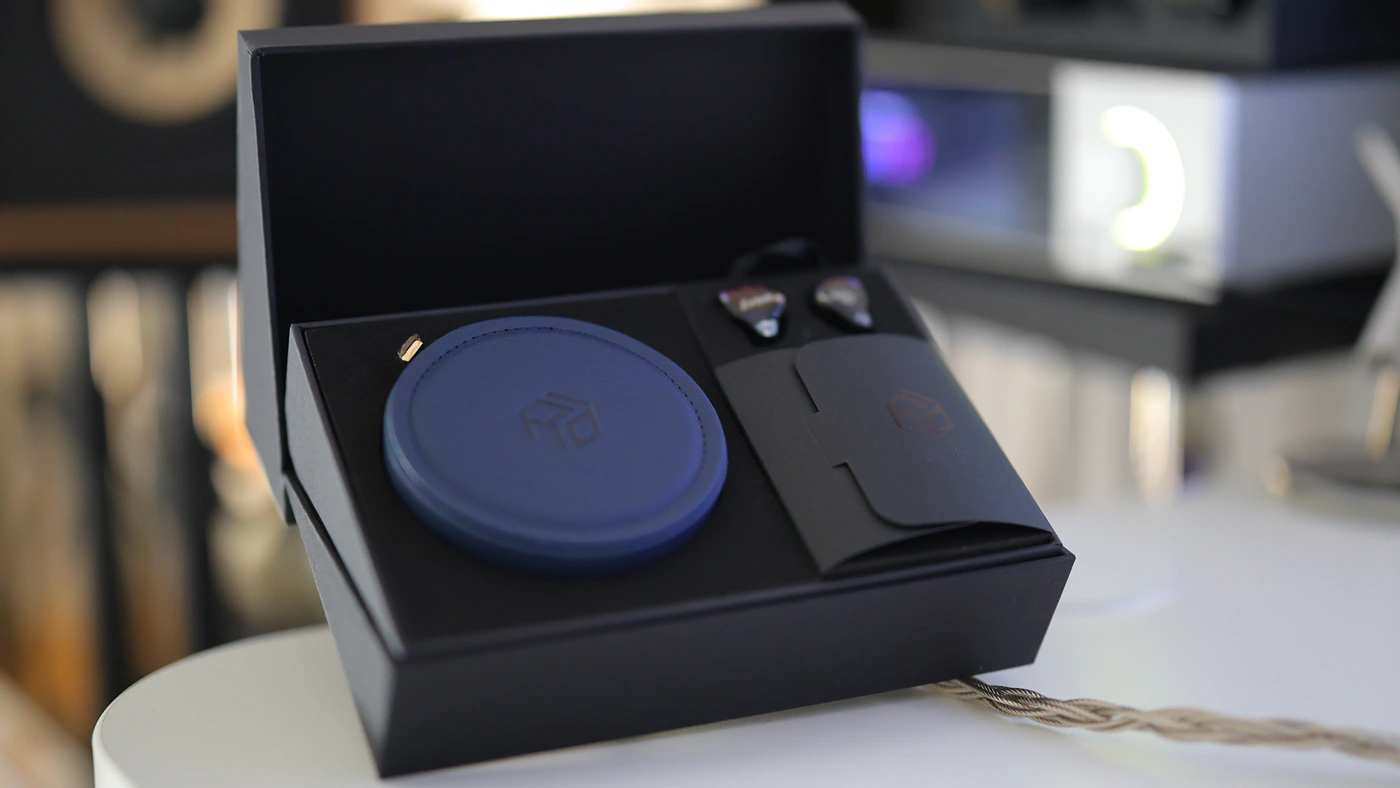
Knowing that the impedance changes, it is likely that with different switch settings the SPL will change too, but the base setting has an impedance of 18 OHMs and an SPL or Sensitivity of 104 dB. This places Canon pro in the fairly hard to drive range for earphones. There are 4 electronic crossovers and 4 sound ducts, for the 7 drivers, although we don’t quite get to know how the drivers are grouped.
Fit / Subjective Usage
Yanyin Canon Pro is made of resin, with medium-large sized shells, so they feel fairly comfortable in my ears, the default cable is of an excellent quality, but I got the 3.5mm single ended variant by mistake, and it feels a bit short compared to what most IEMs come with. Default eartips are the sticky type that ensure a good adhesion between the shell and your ear, enhancing bass response, although can be uncomfortable if you have dry and sensitive ears.

There is no driver flex, no void, and Canon Pro feels well-balanced for everyday wear. Passive noise isolation is fairly modest, around 15 dB for most frequencies, and Canon Pro doesn’t leak almost at all. I like wearing them casually, I don’t feel the need to ever remove the Canon Pro, although I most likely would replace the cable with a longer one.
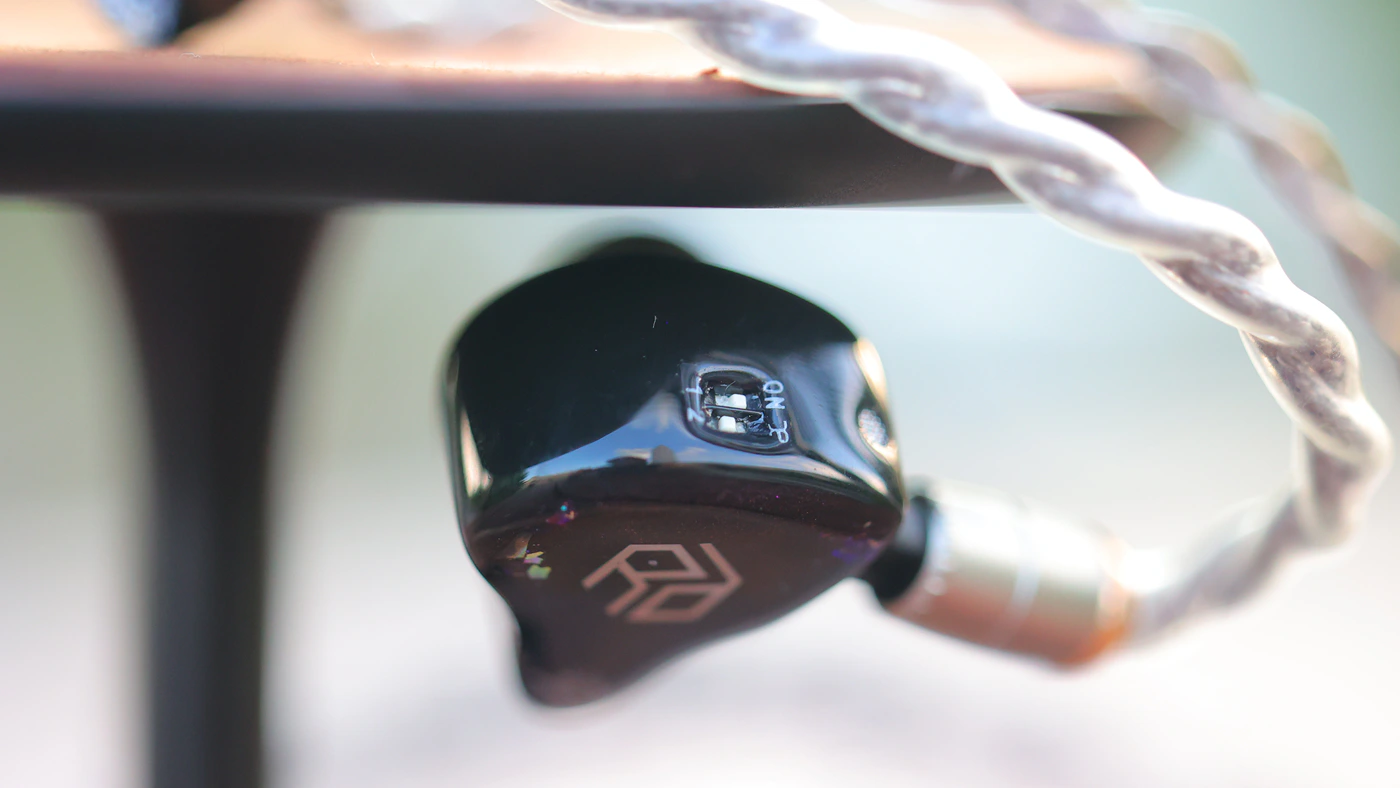
The default cable is of good quality, it coils fairly tightly around my ears, gripping them well, and it has a beautiful design too. I am not a big fan of the faceplates that Canon Pro uses, they are a bit dark and the black + violet design is hard to capture in photos.
Sound Quality
Pairings – To test the new YanYin Canon PRO, I have paired it with a selection of sources, including Rose Technics RT-5000, Dethonray Listening M1, Dethonray Clarinet, iBasso DX260, Lotoo PAW GT2. Canon PRO needs quite a bit of power to be driven well, they prefer medium and low gain for each source, they sound best with a flagship source and have a large headroom, revealing differences between sources really well. Canon PRO is not very sensitive to source noise, and they are safe to use with almost any source, even those which are known to be somewhat noisy usually.
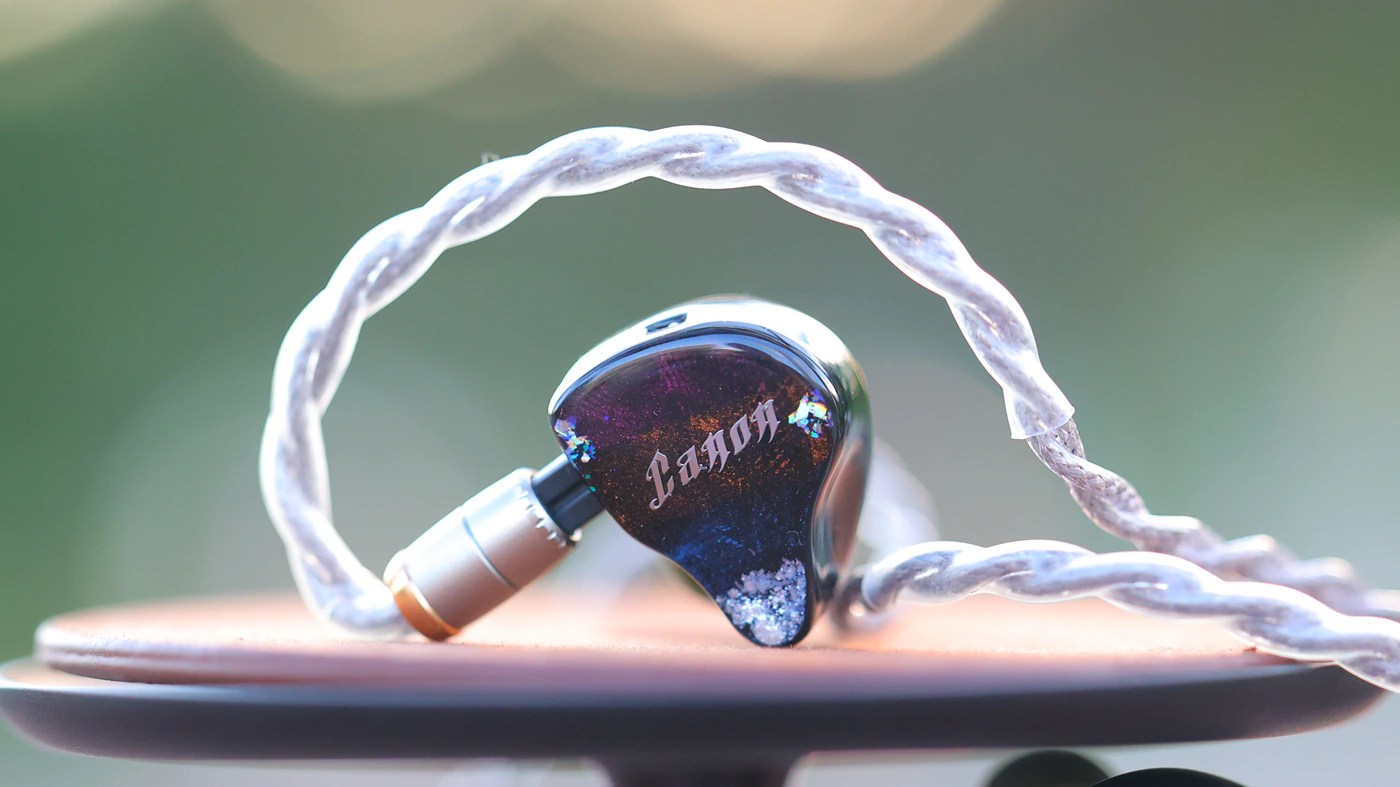
Overall Signature – YanYin Canon Pro is a pair of IEMs that I spent a dubious amount of time with, considering the midrange price, and it is all thanks to their rich, ultra satisfying signature. To expand on this, they have what you call juicy midrange, organic, sweet and cohesive, revealing some of the most pleasing textures in guitars, male and female voices, and a versatile sound that works really well with all music you play on the Canon Pro. Bass is also very thumpy, which keeps you engaged while listening to music, treble is sharp, crisp, and has a fair extension up to 15 kHz, with a peaking range that is between 10 kHz and 14 kHz, a good spot to create cymbal crashes in rock and metal. It is an energetic sounding pair of earphones with V-Shaped tendencies, and reminds me a lot of how TOTL and End-Game IEMs are tuned.
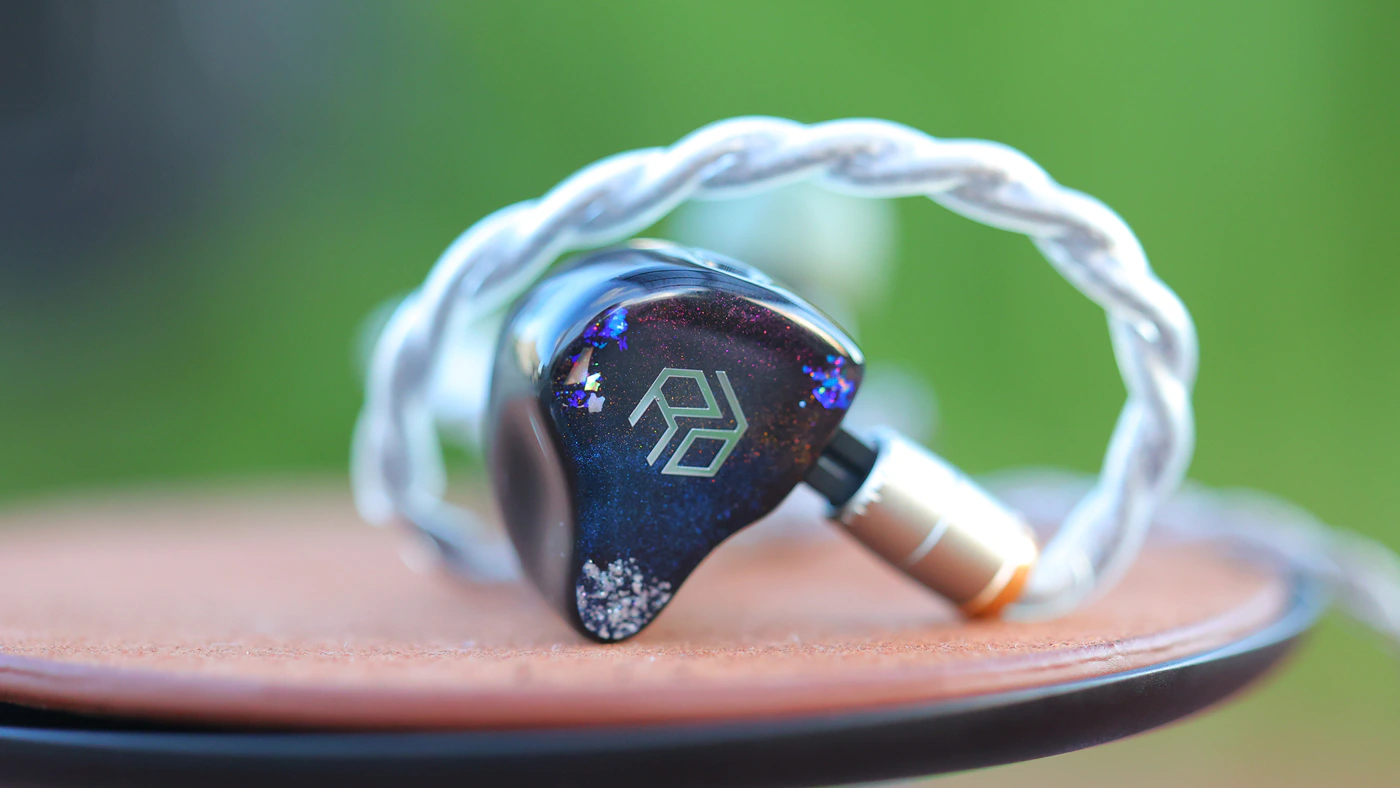
Bass – Starting from the thump, bass is the thumpy style. This means a very specific focus and resonance point that gives metal music grit, energy and dynamics, makes all music feel actual, live and alive, like it is playing immediately next to you. You can expect the bass depth to reach as low as 40 Hz, below which it has a soft roll-off effect, focus is in the lower-mid bass with an upper bass recess that keeps the sound from being too warm and too thick. Speed of bass is also important as Canon Pro has a quick bass, not a long decay, but a short-natural one, enhancing resolution and clarity of the lower frequencies.
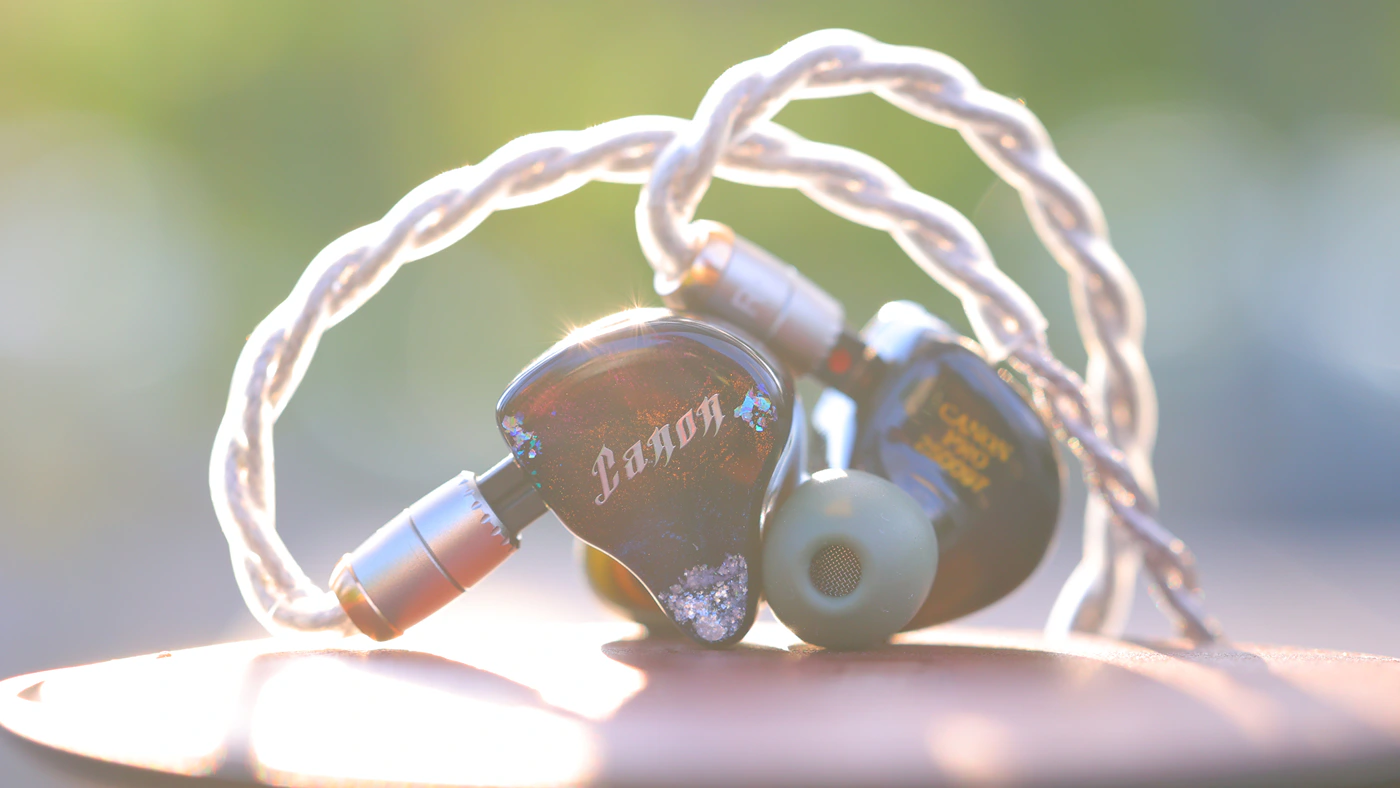
Midrange – Midrange is ever so slightly recessed, clean, and sweet in tuning. Speed of impulse response is quite different in the midrange compared to the bass, midrange is played by at least two drivers, one slower and one quicker, creating both the feeling of body and also the feeling of texture and resolution. Canon Pro is thus versatile, works well for rock, metal, gives guitars both a rich body, but also resolution and a crisp texture, resulting in a pleasing sound for bands like Queen Kona, but being groovy and warm enough for songs like Red Flags and other pop / modern dance music.
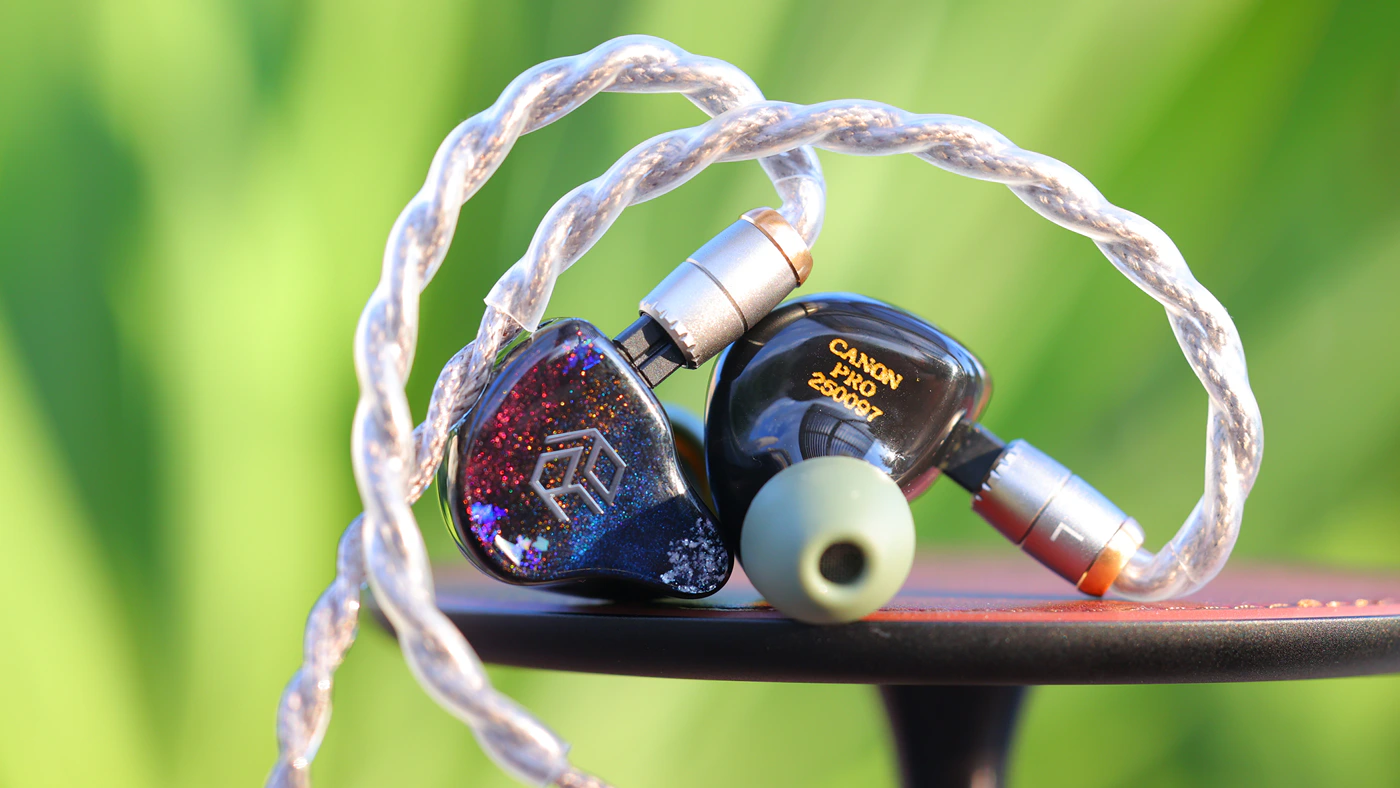
Treble – To complement the thumpy and energetic signature, Canon Pro has a strong extension in the treble up to 15 kHz, with a peaking range between 10 kHz and 14 kHz. This means that most cymbal crashes are natural in tonality, quiet effects and special instruments are audible, but not bright nor harsh. Lack of harshness can be attributed to the specific character of the treble, which is slightly splashy, slightly wet.
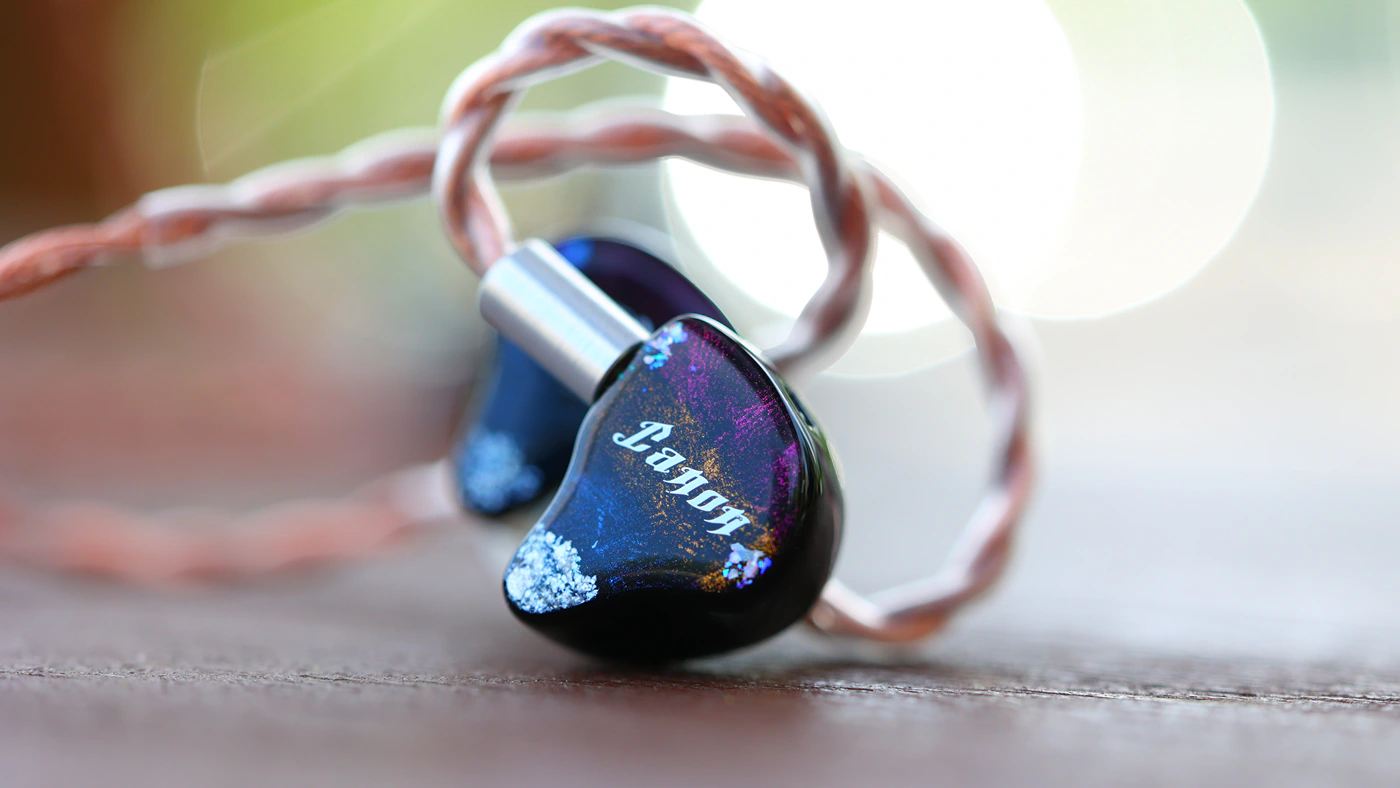
PRaT / Textures / Dynamic – As I’ve explored up to this point, Canon Pro has different characteristics and speed for each frequency range, at certain levels even combining two drivers with different characteristics to get the final result. This is very clever, because even in nature, a cymbal crash will be loud and splashy, while a guitar will sound groovy and warm during a concert, so Canon Pro is versatile and sounds so alive because it can render and capture different instruments with different speed / wetness levels.
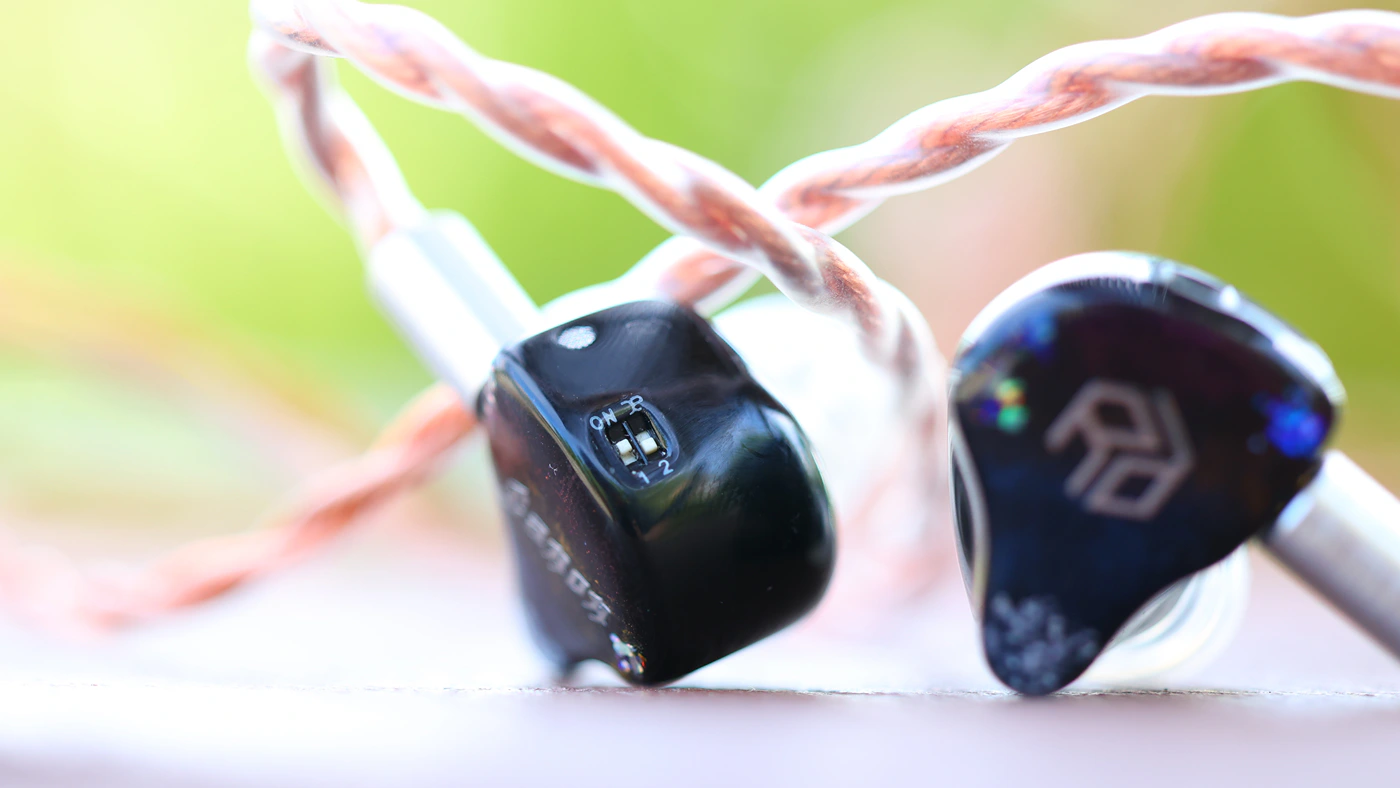
Volume Control – Canon Pro has good volume control, it does not change character much with increasing or decreasing the volume and generally sounds cohesive at all volumes. If anything, you should keep in mind that they work well with both low and high gain, but prefer a good medium. Very balanced and versatile here.
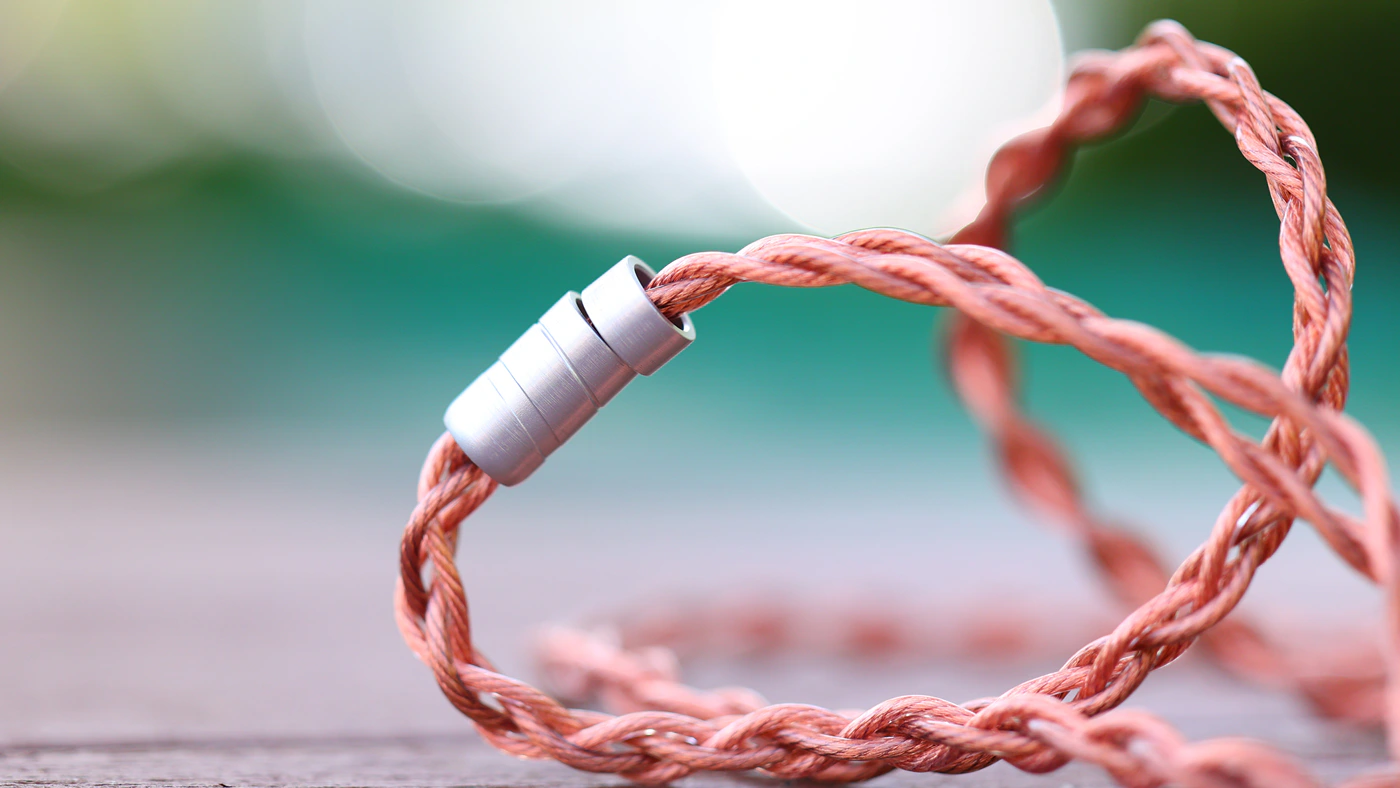
Soundstage – The staging of the Canon PRO is much wider and more holographic than either that of the original canon or carmen. With a brighter, more open sounding treble, YanYin expanded the imaging and created a much better layering for the Canon Pro and within a wider, more open space.
Comparisons
YanYin Canon PRO vs ZiiGaat Arcanis (399 USD vs 399 USD) – Arcanis is a similar pair of earphones, from all aspects, including price, size and wearing comfort. In fact, there is no tangible difference between the Arcanis and Canon Pro once you’re wearing both, although I do feel like Canon Pro has a better cable included in the package, while Arcanis has a more beautiful shell plate. Isolation and comfort is equal, Arcanis is more sensitive to source noise, but not by a big margin. Sonically, Arcanis also impresses from the first moment you hear it, but it is different in the tuning. Both IEMs are mostly V-Shaped in the tuning, but Canon Pro is more thumpy, and Arcanis has a higher resolution, revealing more information from music, sounding brighter and more open, sharper and more precise. The sound of Arcanis is generally lighter, more snappy, while the sound of the Canon Pro is darker, fuller and has more body. Don’t mind this too much though, they are not far from each other. For a lighter, more technical approach, Arcanis is recommended, it also has a wider, more holographic presentation and soundstage, while Canon Pro is a more lush, smoother, fuller and more thumpy sounding IEM perfect if you’re a bit more of a basshead. Value is equal, both are best buys, just get the one that seems better for your current musical taste.
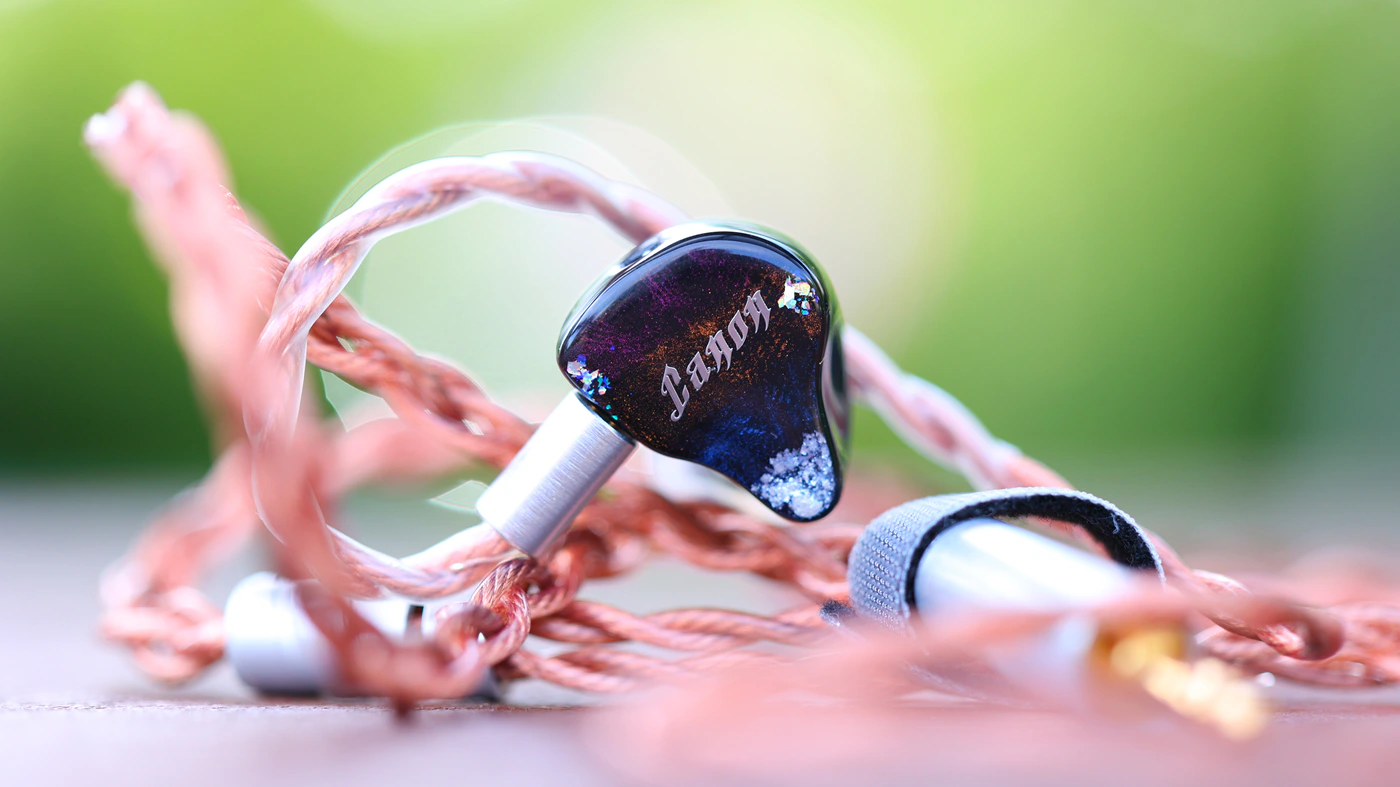
YanYin Canon PRO vs Simgot EM10 (399 USD vs 439 USD) – EM 10 is a bit more modern and quirkier, having different colors for the faceplates, but metallic faceplates, it comes with a modular cable which is of a better quality than the one Canon Pro comes with, but EM10 leaks a bit more and isolates a bit less than canon PRO. While both are easy to drive, Canon Pro is a bit harder to drive and less sensitive to source noise. Sonically, EM10 is also quite V-Shaped, and also quite warm, but Canon PRO has a higher resolution, better thump in the bass, and a quicker, more precise bass. Voices are sweet with both IEMs, while cymbal crashes are a bit more brilliant and more energetic as presented by EM10. As they do a similar task, I would recommend the newer and slightly more revealing Canon PRO, despite EM10 still being an excellent choice.
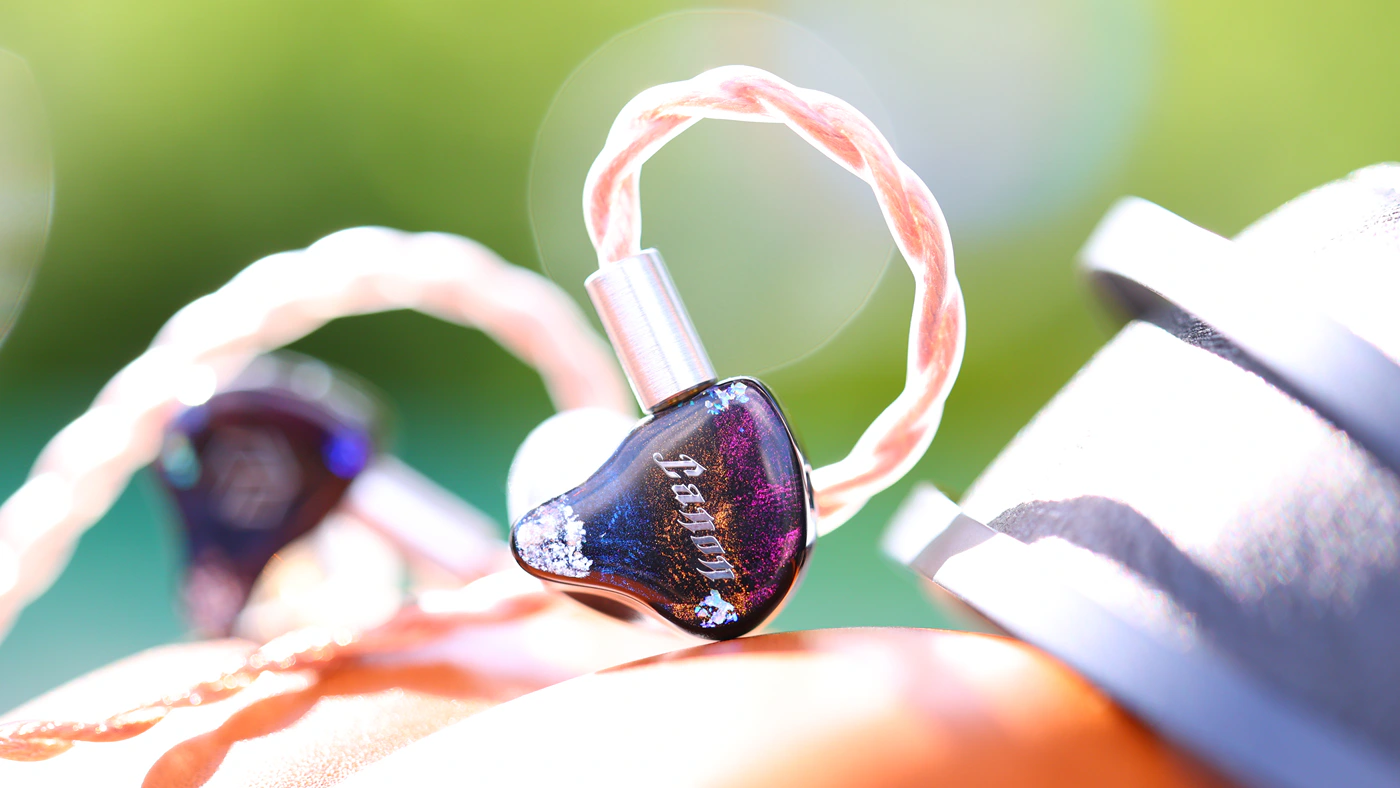
YanYin Canon PRO vs Rose Technics QT-X (399 USD vs 439 USD) – Rose Technics knew they were cooking when they made the QT-X, but this model has a unique design in many aspects, including the cable which is covered in a textile material, and which is more flexible than that of most IEMs, including the Canon Pro. QT-X comes with their own DAC, which is a really nice addition for the price, but they also have a detachable cable, and a slightly more ergonomic shape than Canon Pro, being a touch smaller, lighter and having a more ergonomic body. The passive noise isolation of the QT-x is a big higher than that of the Canon Pro, but sonically, although both are V-Shaped Canon Pro has a thumpy bass with less of a peak, while QT-x has a more colored sound that has a specific peaking point in the drums, and also in the upper midrange / lower treble. Overall, Canon Pro is less V-Shaped, more natural, QT-X has more life and it is a bit more poppy, so both are great, and both are fairly versatile.
Value and Conclusion
At the price point, of just 399 USD, I actually consider the YanYin Canon Pro to have almost end-game qualities, so value is insanely high. I simply like the sound, the bass, the thump and the sweet midrange, combined with the resolution. I was not quite as enthusiastic about Carmen even though it is pricier, price does not always reflect the listening experience and how versatile a sound will be, Canon Pro is truly versatile with all the music you throw at it, it is comfortable, and has a nice default cable (just make sure to order the type you need, as I got the 3.5mm variant).
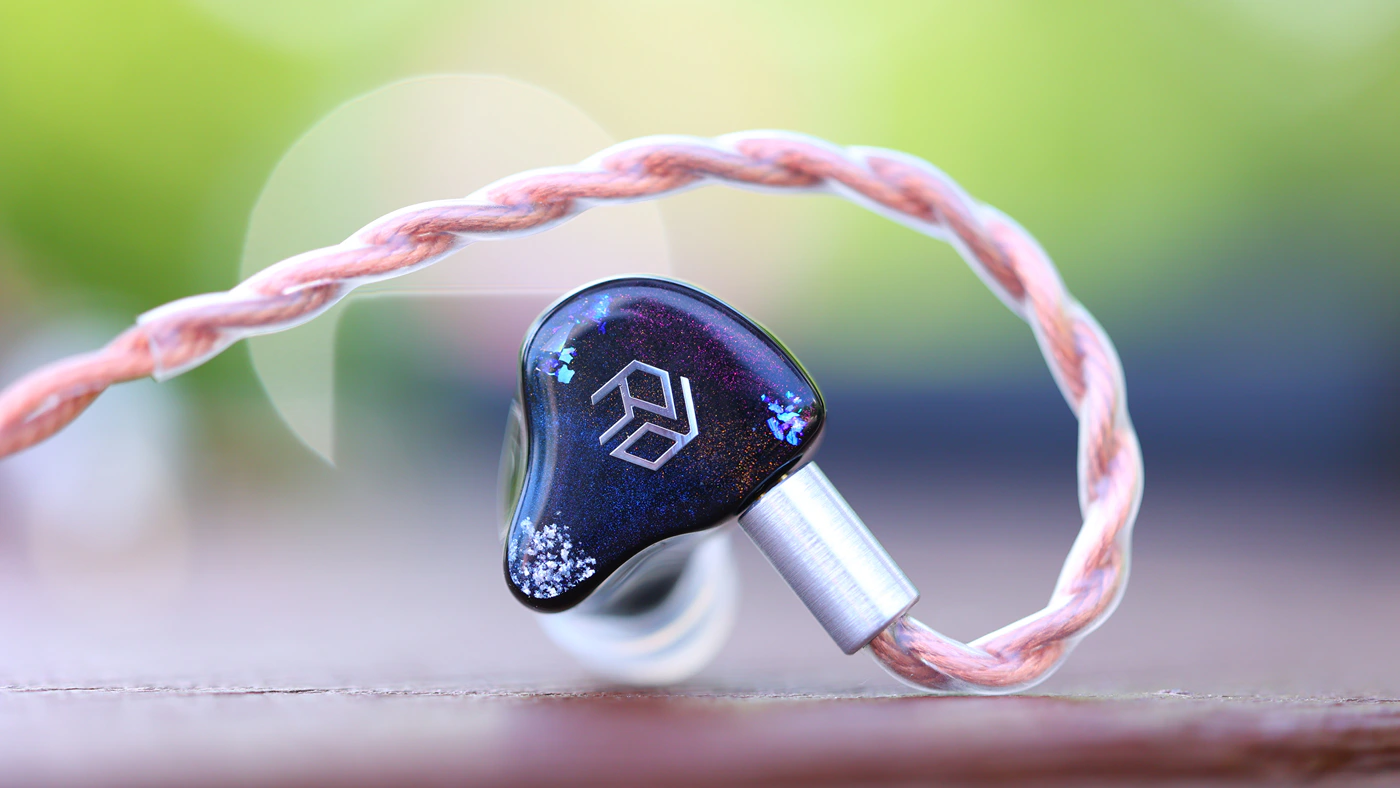
At the end of the day, when I heard the Canon Pro I have not checked the price and my mind went fully to the idea of “this sounds like an end-game IEM”, and I still have that opinion. It is not just that the sound is very revealing, but it is always fresh, thumpy, crisp and all coming from a pair of IEMs with excellent fitting and high-qaltiy eartips included in the package.
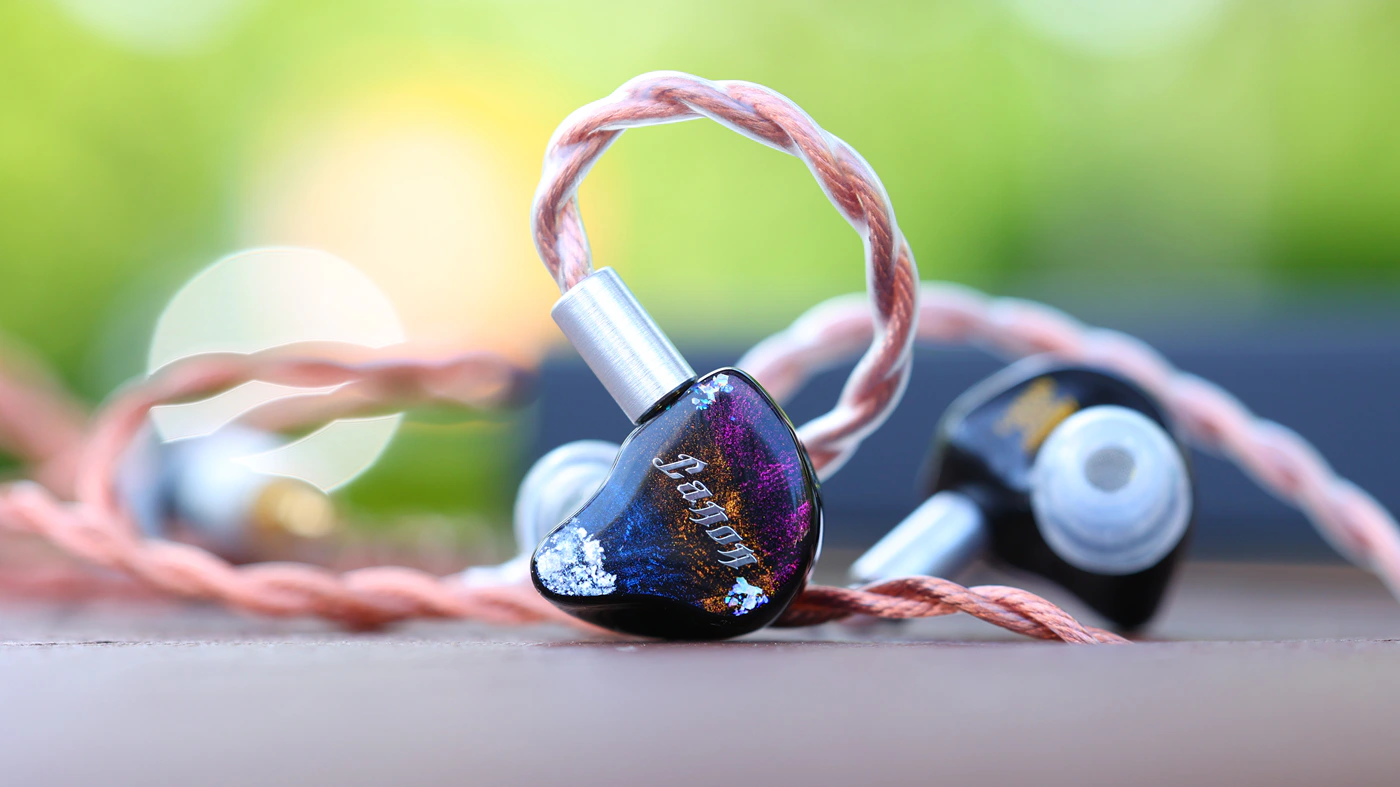
PROs
- Versatile sonic tuning
- Thumpy, crisp and clean sound
- Sweet female voicing
- Nice package, including excellent eartips
- Fair passive noise isolation
- No driver flex, no void, comfort is really good
- Excellent value and price / performance ratio
- Linsoul’s outstanding support across all platforms
Cons
- Make sure to get the connector you need, I got a 3.5mm single ended one
- Cable is excellent but short
- Shell design / faceplate is not quite my cup of tea
Product Link
Amazon – https://amzn.to/3HSED24
Aliexpress – https://s.click.aliexpress.com/e/_olRdM7U
Linsoul Official Store – https://www.linsoul.com/products/yanyin-canon-pro
--- Please remember to stay safe, and always have fun while listening to music!---
- If you have a dime to spare, please donate, and help us! It would make the day brighter for me and my wife-
Full Playlist used for this review
We listened to more songs than those named in this playlist, but those are excellent for identifying a sonic signature. I recommend trying most of the songs from this playlist, especially if you’re searching for new music! The playlists are different for Spotify, Tidal and Youtube, and based on the songs I enjoy and are available on each!
https://www.youtube.com/playlist?list=PL_cjBXGmwSHSdGcwuc_bKbBDGHL4QvYBu
https://open.spotify.com/playlist/5J3oloz8Riy9LxEGenOjQ0?si=979ba4f082414be7
https://tidal.com/browse/playlist/330fd544-8e5b-4839-bd35-676b2edbb3d5
--- Contact Us ---





